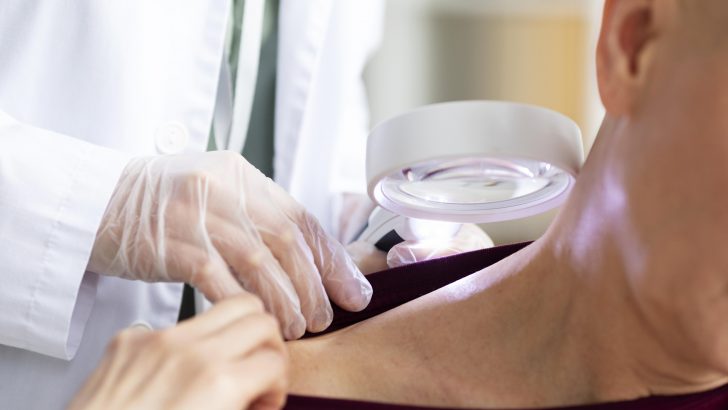Medical Matters
The good weather has seen many of us take to spending a lot of time outdoors, soaking up the sun and enjoying the heat. But it’s also the season to be reminded of the need to protect ourselves from sunburn and heat stroke. This month the HSE launched its ‘Sun Smart’ campaign to increase awareness of the steps you can take to avoid sunburn and reduce your risk of skin cancer.
Skin cancers
Every month, over 1,000 people in Ireland are diagnosed with skin cancers and that number has increased substantially in the last decade. The vast majority of these cases are directly related to excess sun exposure. However, it is predicted this number may double by 2040 unless more people take precautions. Concerningly, cases of melanoma which is the most serious type of skin cancer continue to rise. Indeed, in a survey carried out by the HSE, nearly half of all Irish adults were sunburned in 2018, yet one in three felt it was worth it for the sake of their tan. Those who work in outdoor jobs including farming, construction and fishing are more likely to get sunburned and this group accounts for about a quarter of all skin cancer related deaths.
While awareness of skin cancer has increased, sometimes it’s simply too late before people realise they are burned or they were not properly prepared when outdoors. From April to September the sun is at its strongest, especially between the hours of 11am to 3pm. Don’t be deceived by cloudy weather or a day when there’s a strong breeze and you don’t feel the sun’s rays, you can still get sunburned.
For children up to 1 year old, it is best to keep in the shade and wear clothing that covers their skin outdoors”
Most people in Ireland (75%) have pale skin and any more than about 15 minutes in the sun can result in burns. Importantly, you don’t need to spend any longer than this to make vitamin D. However, studies show that those with lighter skin types often judge themselves to be darker than they actually are. UV rays can also have damaging effects even before your skin becomes red or inflamed.
In general, make sure if you’re out in the sun for longer periods to cover your skin, especially exposed areas such as the face. Wide brimmed hats can protect your face, ears and neck and also consider using shirts with collars or rolling down longer sleeves.
For adults, use a sunscreen with a factor of at least 30+ and for children 50+ and one that has high UVA protection and ideally is water resistant. You may also need to apply it up to every 2 hours. Make sure the sunscreen products are in date and stored under 30C! For children up to 1 year old, it is best to keep in the shade and wear clothing that covers their skin outdoors. Children’s skin is very sensitive and bad sunburn more than three times before the age of 20, more than doubles the lifetime risk of skin cancer.
UV index
Keep an eye on the UV index which is a measure of the amount of UV radiation that reaches the earth’s surface and can be found on Met Éireann’s website. When the index is 1-2, there’s no need for sunscreen unless you are out for long periods. However, an index of 3-5 will require you to use sunblock and when higher to seek shade at midday. Last week the UV index was as high as 6-7. UV rays can also damage the eyes and can cause cataracts so wearing protective glasses is important.
If you get sunburned, stay away from the sun! Cooling your skin with cold water sponges or even an ice compress can give good relief. Using a moisturiser that contains aloe vera cream can also be quite soothing. Sunburn can draw fluid from the body to the skin’s surface so it’s important to drink lots of water and not become dehydrated. If you find it quite uncomfortable, try paracetamol or ibuprofen.
If a mole turns black, gets itchy or bleeds it needs to checked out by your doctor”
Many of us have acquired moles over the years which in the majority of cases are harmless. However, they can occasionally change and become malignant which is why it’s a good idea to keep an eye on them. In particular, moles on the back or feet are often missed. But what should I look out for when checking a mole? Well, an easy mnemonic to remember is the ABCDE guide. More concerning features are Asymmetry or if one half of the mole is significantly different than the other. Check the mole Border for irregularity and look for a change in Colour or different colours or if the Diameter (width) has increased by 6mm or more. Finally watch out for any Evolving features including change in size, shape, colour or elevation from skin. If a mole turns black, gets itchy or bleeds it needs to checked out by your doctor.
So remember to be safe, and make sure to keep your skin well protected this summer!


 Dr Kevin McCarroll
Dr Kevin McCarroll
